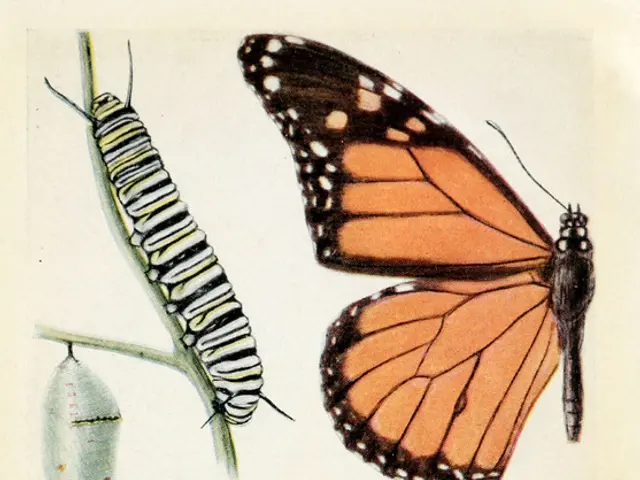Deserts are inhospitable environments, yet camels manage to survive. So, what do these resilient creatures eat in these desolate landscapes?
Camels: Survivors of the Desert
Camels, known for their resilience and adaptability, are herbivores that thrive in the harsh desert environments of Central Asia, Africa, and the Middle East. These creatures migrate in search of food sources, traveling vast distances across the sandy expanse.
Adaptation is crucial for camels to survive in their harsh desert environments. Both wild and domesticated camels have developed a dietary strategy that allows them to consume a wide range of sparse, coarse, and often salty or thorny plants. This dietary flexibility helps them survive both extreme cold winters and blistering hot summers.
Wild camels, such as the wild Bactrian camel found in Central Asian deserts, forage sparse desert shrubs, dry grasses, and desert plants that are often too poor in nutrients or too tough for many other herbivores. Domesticated camels eat similar vegetation but often graze near oases or wadis where vegetation may be more abundant. They can survive long droughts by subsisting on dry, thorny desert plants.
One of the key ways camels' diet contributes to their survival is water conservation. The plants they eat usually contain some moisture, allowing camels to extract and recycle water efficiently, enabling survival for weeks or months without drinking water directly. Another adaptation is the fat stored in their humps, which camels convert into energy and metabolic water during long periods without food or water, supporting survival during food scarcity.
Camels have also developed a specialized digestive system. Their rumen and gut flora enable fermentation and digestion of coarse, fibrous plants that others cannot utilize, maximizing nutrient absorption in poor-forage environments. Moreover, camels can eat salty or bitter plants that many other animals avoid, reducing competition for the limited forage available in deserts.
These dietary adaptations allow both wild and domesticated camels to thrive in desert and steppe ecosystems with extreme temperature fluctuations and limited, low-quality vegetation. Their unique physiology combined with their herbivorous, highly flexible diet underpins their role as essential survivors in some of the planet’s harshest climates.
The Wild Camel Protection Foundation works tirelessly to protect camels and their fragile ecosystems. These remarkable creatures can be found in various desert regions such as the Bactrian steppes and the Gobi desert. A well-fed camel is a strong camel, capable of carrying heavy loads and enduring long journeys without needing to eat frequently. Camels use their strong lips to brush away desert sand and access food beneath.







